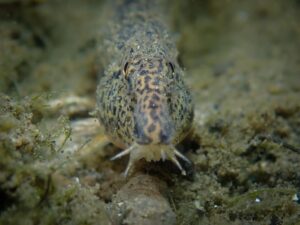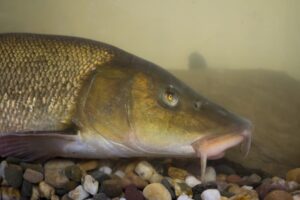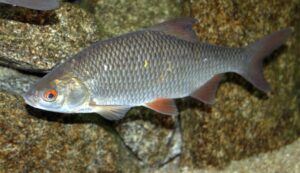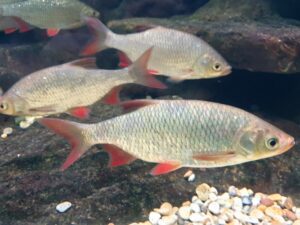Game fish : Sea trout (Salmo trutta)
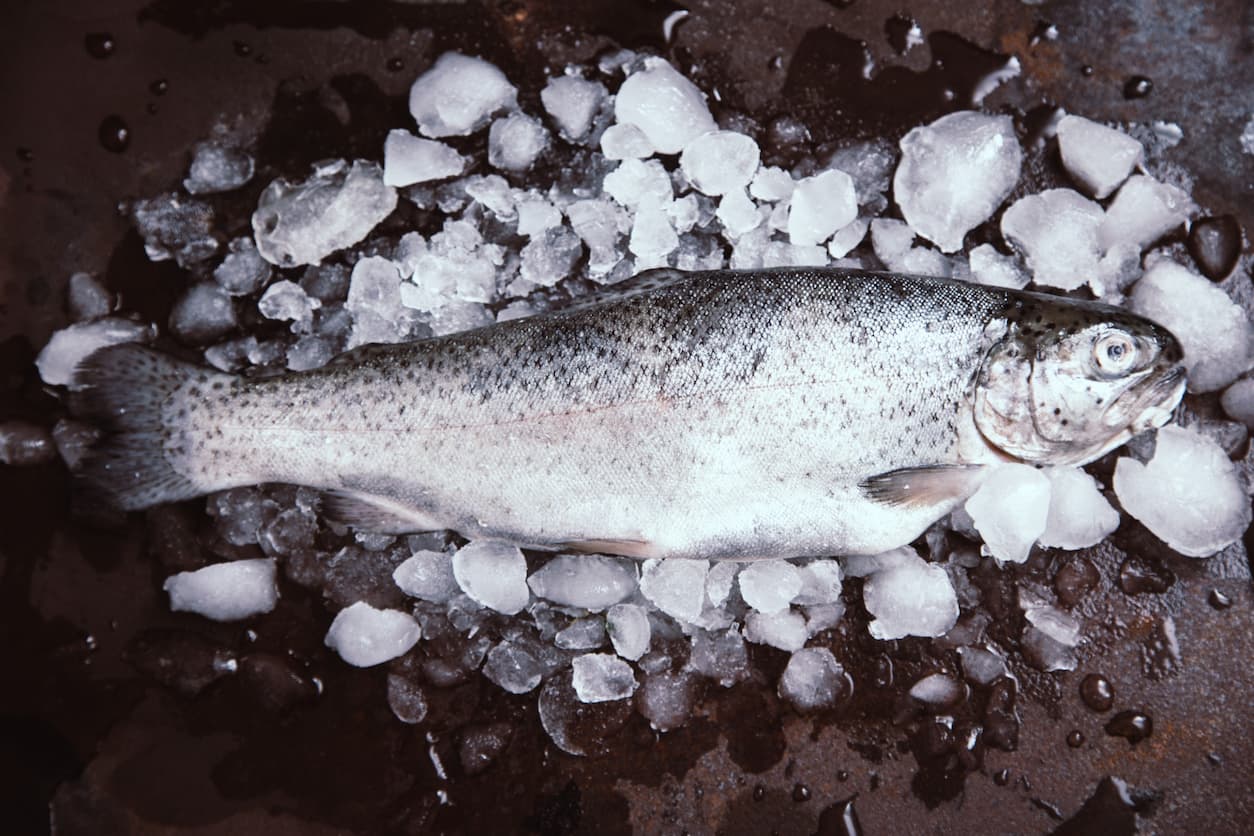
The sea trout, or Salmo trutta, is an anadromous form of brown trout, exhibiting remarkable adaptations to its environment.
This species is particularly interesting to UK anglers due to its unique characteristics and challenging fishing techniques.

Morphology and Biology
Description of the Sea trout
Sea trout are muscular and rounded, usually more stout than salmon, with a distinctive silvery colour and variable dark blotches on their upper body. They are characterized by large eyes, black spots, and a slightly forked tail. The breeding males of the species tend to be darker with increased spottedness and a noticeable upward curvature to the lower jaw.
Size and Weight
The sea trout, renowned for its impressive physical attributes, displays a notable range in size and weight that captures the interest of anglers. Adult sea trout commonly measure between 40 to 50 centimeters, though they have the potential to grow significantly larger under favorable conditions. Exceptional specimens can attain lengths of up to 130 centimeters and weigh as much as 20 kilograms. This variability in size not only reflects the diverse habitats they occupy but also underscores the adaptability and resilience of the species.
Lifespan
The lifespan of the sea trout offers insights into the species’ life cycle and environmental adaptations. While their average life expectancy is relatively brief, typically less than 10 years, this duration is reflective of the rapid pace of their life cycle and the environmental challenges they face. The sea trout’s lifecycle, including periods of growth in both freshwater and marine environments and their migratory spawning habits, is a testament to their remarkable adaptability and resilience as a species.
Habitat and Lifecycle
Distribution of Sea trout
Sea trout are native to rivers and coastal waters of northern Europe, extending as far south as Spain and Portugal, and as far north as Iceland. They hatch and spend their early life in freshwater before migrating to the sea, and then return to freshwater to breed. While at sea, they tend to remain close to the coast, particularly favoring estuaries, or other areas where fresh water enters the sea.
Feeding Habits
In the sea, sea trout mainly feed on small fish, crustaceans, shrimps, and prawns. The marine diet plays a significant role in their growth and development.
Angling Techniques and Considerations
Sea trout fishing is popular among UK anglers. They are known to be a challenging catch due to their elusive nature and the specific conditions required for successful fishing. Fishing for sea trout usually involves using spinner lures or mackerel & herring strips. Fly fishing techniques are also commonly employed, especially at night when the fish are less wary and more active. Anglers typically use reels, rods, lures, and lines specifically designed for sea trout fishing. Due to their soft mouths, it’s essential to hook and land them quickly.
It’s important for anglers to be aware of local fishing regulations and to ensure they have the correct licence or permission, as sea trout are protected by law in many rivers and coastal waters. The fishing season and catch limits vary depending on local regulations, so it’s crucial to stay informed.
The sea trout offers a unique and rewarding fishing experience, combining the challenge of the catch with the beauty and diversity of its habitats. The species is highly regarded in both angling and culinary terms, making it a prized catch for UK fishermen.


